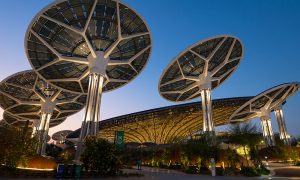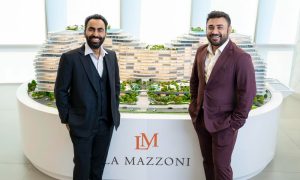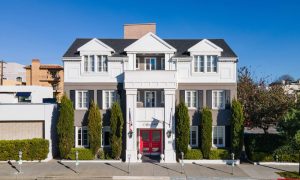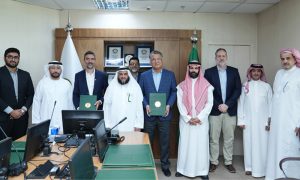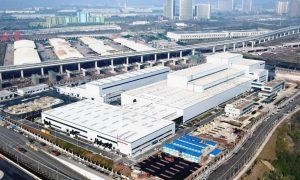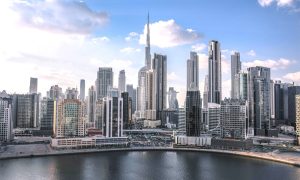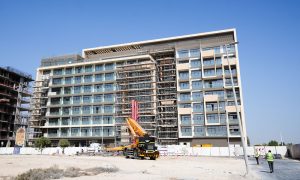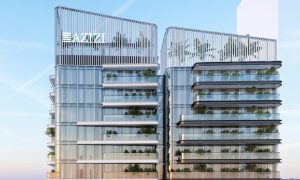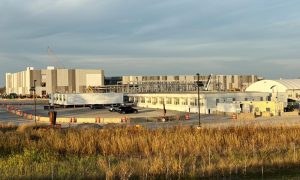Fit-out market picks up pace in the UAE
Alan McCready, managing director of ISG Middle East, on the growing market
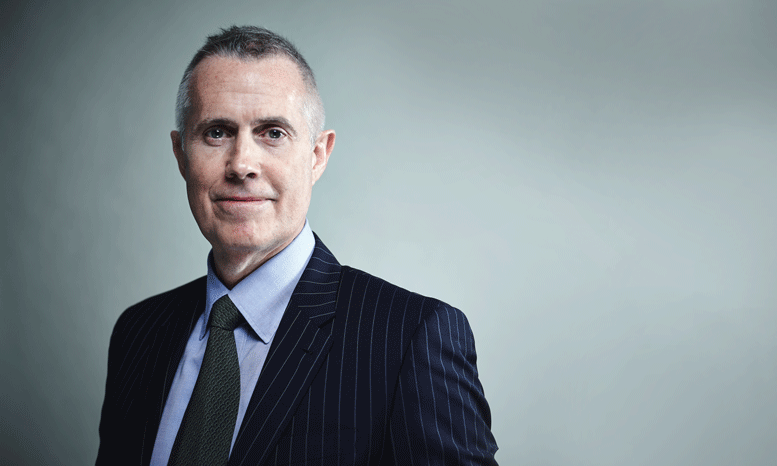
What are your thoughts on the fit-out market in the UAE in 2015?
Alan McCready: Clearly, the growth rate for the fit-out market in the UAE was maintained and even accelerated in 2015. This is driven by particular activity in the corporate office sector in Abu Dhabi and the hospitality sector in Dubai.
At ISG, our projects also reflect this trend, as we have recently completed the National Insurance Company (Daman) HQ full building fit-out in ADNEC and also the new offices for the Abu Dhabi Tourism and Culture Authority in Nation Towers.
In Dubai, we have just handed over phase one of the Kempinski Mall of the Emirates Hotel refurbishment. This included all bedrooms and suites. We are currently working on the F&B and other public areas.
What are the major design trends in the current GCC fit-out market?
AM: We have noticed over the past 12 months an increased focus on collaboration spaces within office designs. We have recently completed a fit-out for a Mubadala company facility where the interdepartmental collaboration was vital to the functionality of the office. This was achieved through spaces that could be of dual usage, and act as both social and meeting space where shared ideas are encouraged.
Hubs are also another shared facility that can be designed into an office layout to support work spaces. These can be particularly efficient for companies who have a mix of permanent and non-permanent office-based staff.
The use of centralised spaces for filing, storage or printing encourage social interaction and have the added benefit of getting people to move more frequently within the office.
The last trend which has evolved over the past couple of years has been the reduced usage of closed office space –or where there are closed offices, the use of more glass partitioning as opposed to gypsum walls. This allows more light to penetrate the office, which has a strong correlation to improving the well-being of staff working in an office environment.
What will be the major growth sectors in the fit-out market in 2016?
AM: We think that hospitality and leisure will remain a key growth, particularly for Dubai, and there are already a number of hotels that are being considered for refurbishment, and of course new ones being built to cater to the growing regional and international tourist numbers.
In the past year, we have demonstrated how a five-star refurbishment project can be implemented efficiently and effectively within a live 24/7 environment, and the market has taken notice.
Also, ISG is increasingly involved in engineering-led projects within large corporate fit-out projects. We have always had a sizable technical team of engineers, which we have grown considerably over the last 24 months, as well as the successful growth seen by Commtech, our testing and commissioning sister company.
Our ability to manage this business-critical work for our clients has enabled us to ensure a wider sector diversity and to have a real differentiating advantage as new project opportunities present themselves in the run-up to Expo 2020.
With the importance of sustainability and green building, how can fit-out contractors help clients achieve these aims?
AM: ISG has successfully completed a number of projects across the UAE with the directive to obtain sustainability accreditation through LEED, Estidama and BREEAM. We are currently working in Masdar City, on a project that has to achieve an Estidama Pearl 2 rating. This can be accomplished through a number of processes, including ensuring all timber used is FSC-certified, all paints are low VOC emitting. The lights used are LED, which are more energy efficient.
Another project which we have recently completed in Dubai achieved a LEED Gold rating. We used PIR sensors to only light up areas in use. and this can have a real impact on the energy consumption of an office.
We advise our clients to spend time in the design stage to make decisions that will improve the efficiency of the office environment they are planning to create, and we provide solutions which can have dramatic impacts on the sustainability aspect of our projects.
Finally, we always find that the relationship between stakeholders when considering design and construction is about the integrated design process and project delivery methods, which are the foundation of all sustainable design, construction and operations efforts.


